Winter is coming.
Or that's what I keep hearing, anyway. Depending on where you are in the world, it's probably getting cold for you. Heck, it might have already snowed. I'm glad I don't live in a place where it snows in October!

The first thing I think when the temperature starts to dip is "Are my succies okay??". This guide is for all like-minded people. So let's learn how to minimize winter casualties!
Jump to:
How cold is too cold for succulents?
Winter is dangerous for these plants, most of which are acclimated to hot, arid environments. Some succulents and cacti begin to suffer damage when the temperature reaches 45° F. For the most part, though, you should be okay as long as temperatures don't go below 40° F.
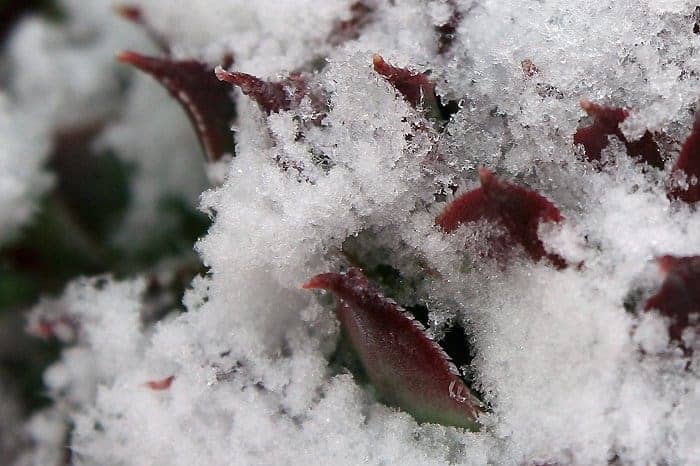
No matter what though - don't expose your succulents to freezing temperatures! The reason succulents are so wonderfully voluptuous is because they store a lot of water inside their leaves/trunk/stem. We all know water expands when it freezes (that's why potholes get worse every year...). When the water inside a cell expands it can burst through the membrane of the cell - killing it. This makes the plant very sad.
However, there are ways to mitigate the effect of temperature. We'll discuss some of those below. Some succulents don't even mind the cold all that much!
Winter Dormancy
Before we get to the good stuff, you should know how winter affects succulents and cacti.

Many succulents do actually encounter cold and warm seasons in their native habitats. They have adapted to the changing conditions in a manner somewhat similar to animals: they can go dormant. Dormany looks a little different for plants since they don't really sleep. Instead, they severely slow or even stop all growth. They need less water and little or no food. Since they're not doing much, they don't require a lot of light either.
Plants can tell when winter is coming because of two things: the days get shorter and the temperature gets colder. Succulents are no exception. When fall rolls around, the onset of these conditions signal they need to go dormant soon to survive the winter. You can fool your plants into thinking they have perpetual summer, however, by bringing them inside and giving them lots of light, food, and water before the outside ever gets cold. You'll get lots of growth, but some plants use seasons as a signal to flower or reproduce, so you could miss that.
No products found.
It's important to note, however, that some succulents are quite the opposite. One of the most common examples is the Aeonium genus. They are summer dormant and winter growers - but they are NOT frost-resistant. They just get a kick from being a little chilly. Hard to please, huh?
How to prepare your succulents for winter:
1. Bring them inside
This is the obvious answer. The inside is warm (hopefully). If you're able, you should bring all your succulents inside to escape the winter chill. But that's not always easy... especially when the inside of your house is already full of succulents.
So get some more space!

There are a few options. If you're a window person, like me, put them on every window in your house. While south-facing windows provide the best light (assuming you're in the northern hemisphere), any light is better than no light. But you can make your southward window have more real estate:
There are a lot of window shelves and window ledge extenders so check them out. You can also get something more utilitarian like a plant shelf. They provide loads of space for small to medium sized succulents and cacti. Get an outdoor one and you can move it outside come spring! I like plant shelves because they let me organize my plants by their watering needs.Since we're talking about winter, though, another benefit of plant shelves is that they provide infrastructure for you to connect grow lights.
Reduced light indoors means you might need to supplement light with grow lamps.
If you want to prevent your plants from getting all etiolated and leggy, you might need to invest in a couple of grow lights. It can be confusing to navigate the variety of grow lights on the market, or even to decide if you need one! Sublime Succulents put together a guide about grow lamps that tells you everything you need to know. If you want the short and sweet version: I highly recommend a full spectrum T5 grow light. They're relatively inexpensive, and very efficient at growing your fat plants. The tube variety also jives really well with a shelf, perfectly illuminating the whole space. Now your indoor succulents aren't relegated to window space alone!
Lastly, even if you brought your succulents indoors, they're likely still in winter dormancy mode. Being near the window is cold enough to tip them off, plus the days are shorter. Water them half as often as you normally do, and don't fertilize. If you want to skip winter dormancy, bring your plants inside before summer ends and stick 'em under a grow light.
2. Cover your plants
Covering plants can help mitigate the effects of a frost or a cold front, but it's not a permanent solution. If temperatures in your area only get to freezing a few times during the winter, this could be a feasible solution for you. Plant covers come in many shapes and sizes. A simple tarp or even a blanket will serve the same purpose as these frost-resistant covers.
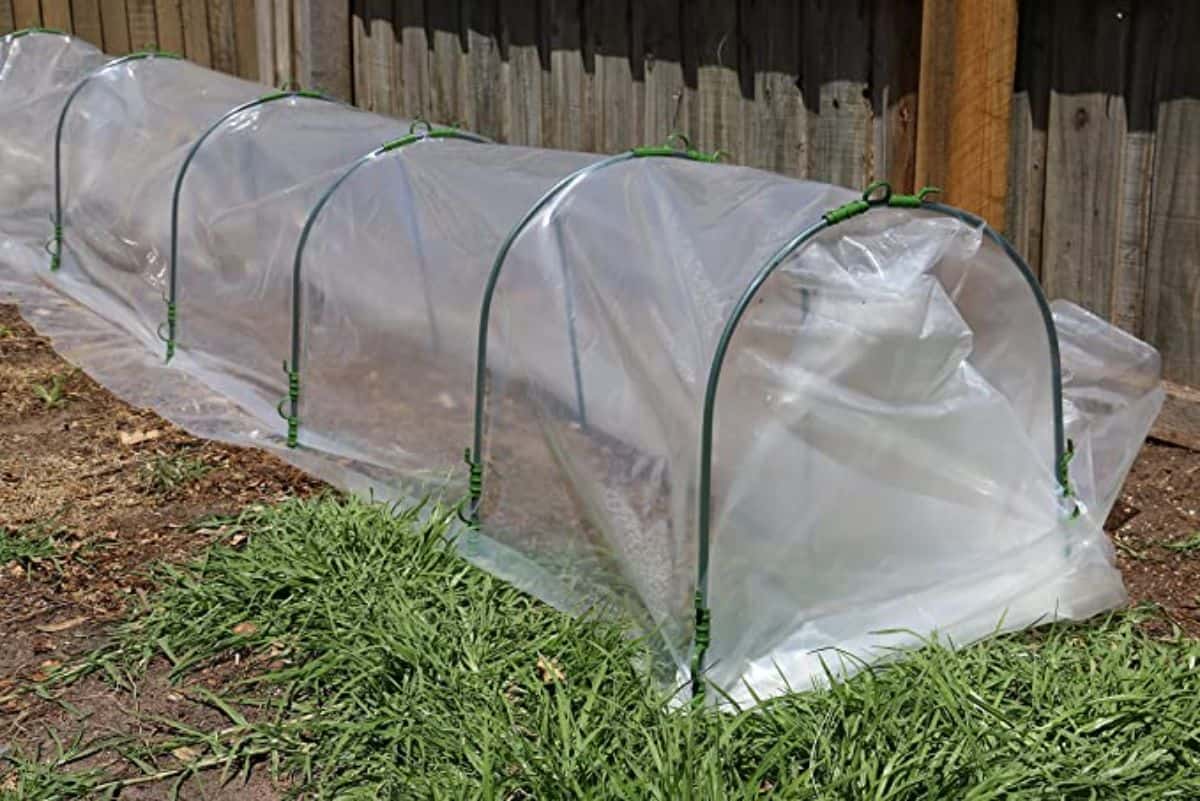
There are also little tent versions for bush-sized succulents. Like I said, though, I would recommend against relying on these for any real winter conditions. Succulents are very hardy, but the only thing worse than overwatering is prolonged exposure to the cold.
3. Home Greenhouses
This might seem extreme, but these days you can get one of these bad boys delivered to your front door! Greenhouses also come in a variety of sizes. Some are as small as a linen closet...
And others are much bigger...
If I had a backyard though, I'd probably go for something in the middle, like this one:
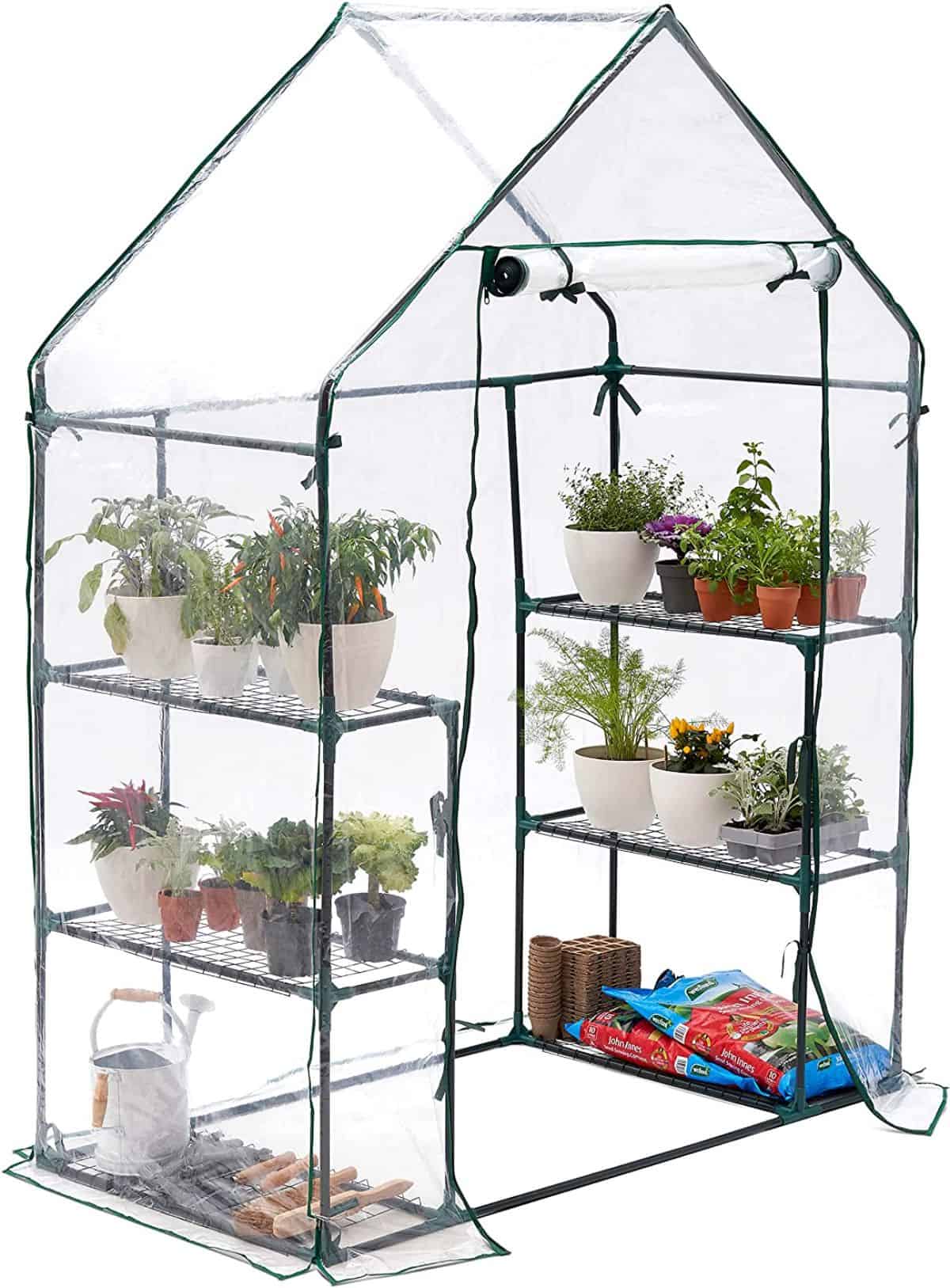
But there are loads of options! They've got little walk-in ones that fit on your deck, or lean-to kinds that go on the side of your house.
Will a greenhouse keep my plants warm?
This is important to consider before you purchase! If you're getting a greenhouse it's probably because you don't want to or can't bring your plants inside. They'll need to stay warm.
Now, greenhouses do produce the greenhouse effect (duh). The inside should be warmer than the outside. However, their ability to maintain temperature is dependent on how much space they have inside, sunlight, and ground insulation. Bigger greenhouses hold heat better because it takes longer to change the temperature of all the air inside. Putting a tarp or concrete under your greenhouse will also hold in the heat better than just having it on dirt. If it stays cloudy for a long time, well, not much you can do about that (although most people put grow lights in their greenhouses anyway).
If you're worried about the temperature in your greenhouse, they make heaters that fix that!
Bonus Tip: Frost-Resistant Succulents
Since you stuck it through all the way to the end, here's a few succulents that can survive snow and frosts! Plant these outdoors and enjoy them year-round!
Perry's Agave
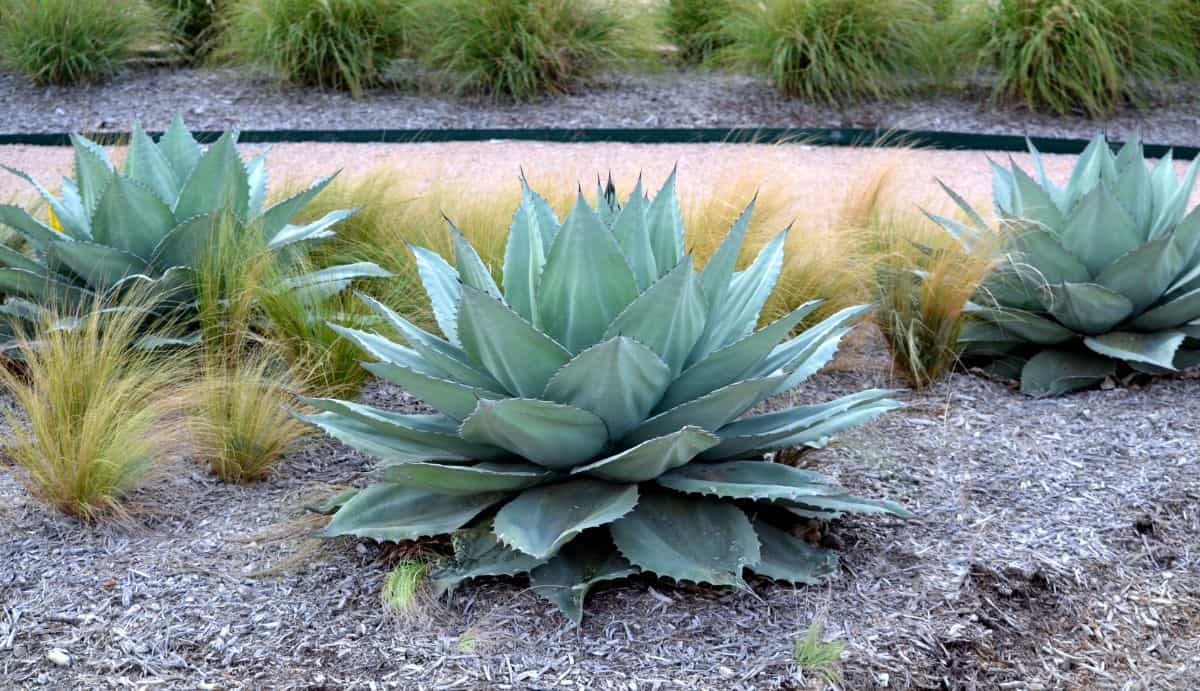
These awesome agave are cold hardy to about 10°F - well below freezing! These are small- to medium sized, but they look so good in a garden with those long, elegant leaves.
Almost all Sempervivums

I love this genus of succulents. Sempervivum, or Hens and Chicks, are almost universally cold-hardy (and many are frost-resistant too). They propagate so easily - once you get one you're set forever
Here's another Sempervivum, but this one is from Leaf and Clay:

Leaf and Clay has awesome, really high-quality succulents. I love how they're all shipped safely and quickly. Would recommend!
Many Sedums
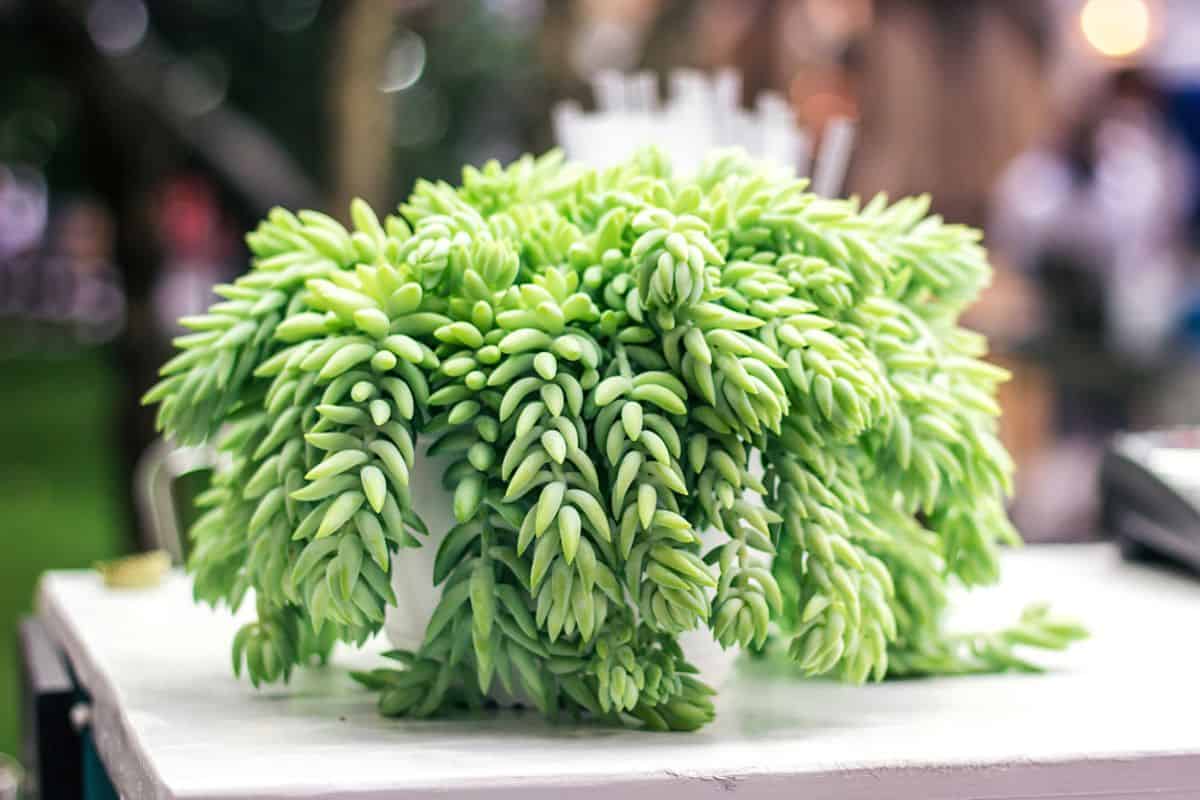
Lots of Sedum - especially those common called Stonecrop are frost-resistant. Some sedum are even edible!
That's all about winterizing your succulents! Any other good tips we should add? Comment below!


Toni
I live on the border of zone 8 & 7. I have a frost blanket that I plan to use for my blue agave, but am wondering if I should cover the plant with straw before I cover it with the frost blanket.
Patrick Grubbs
straw is tricky to use with succulents - it tends to hold moisture which isn't good. The frost blanket is probably sufficient, but monitor your agave as the weather starts to get cold so you can adjust if necessary